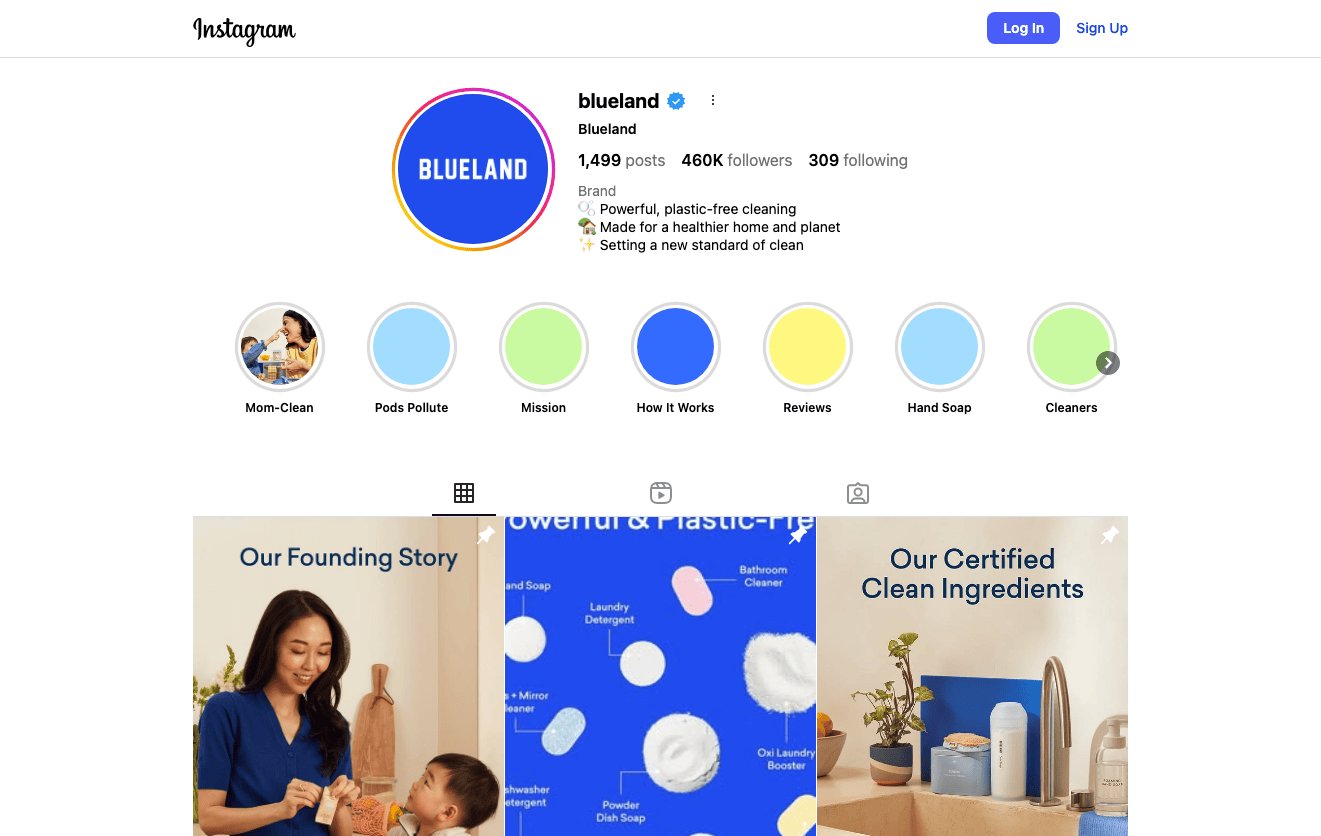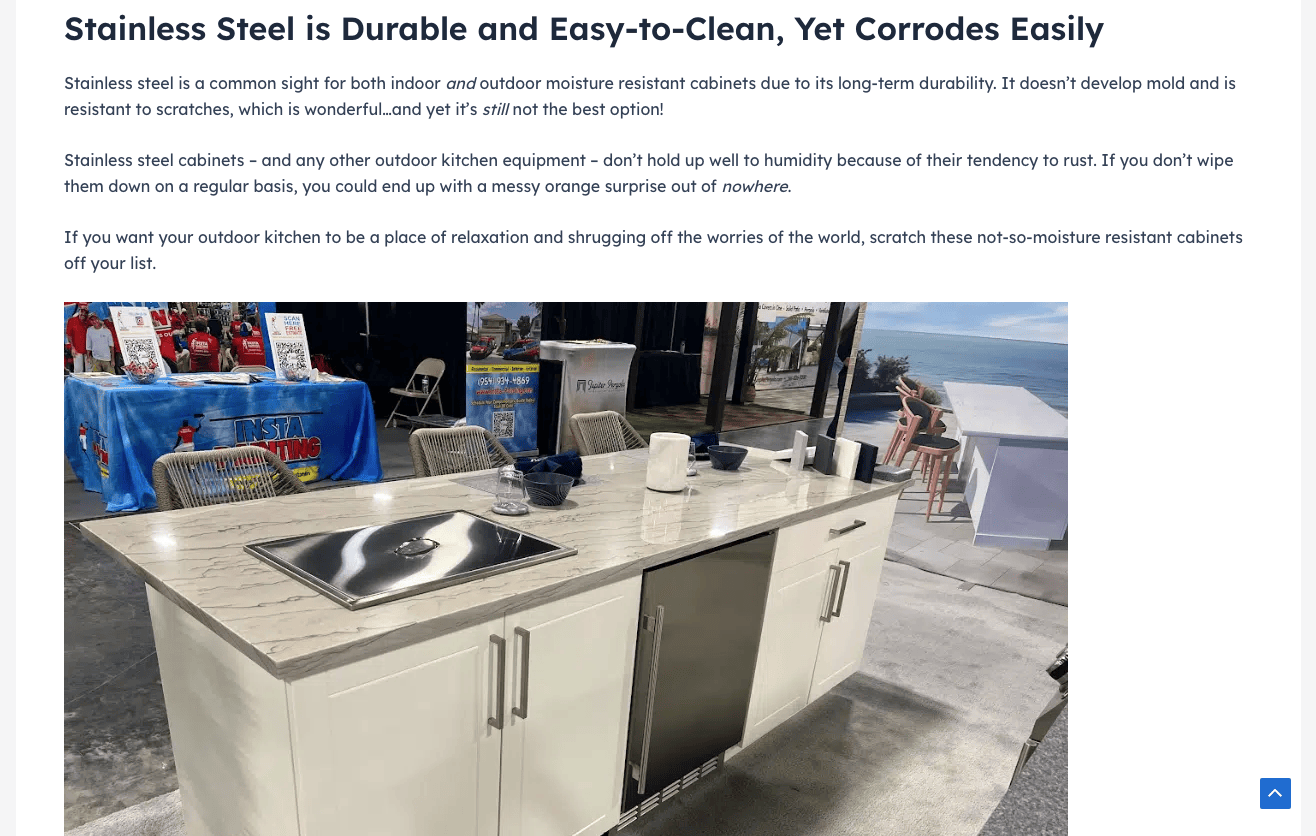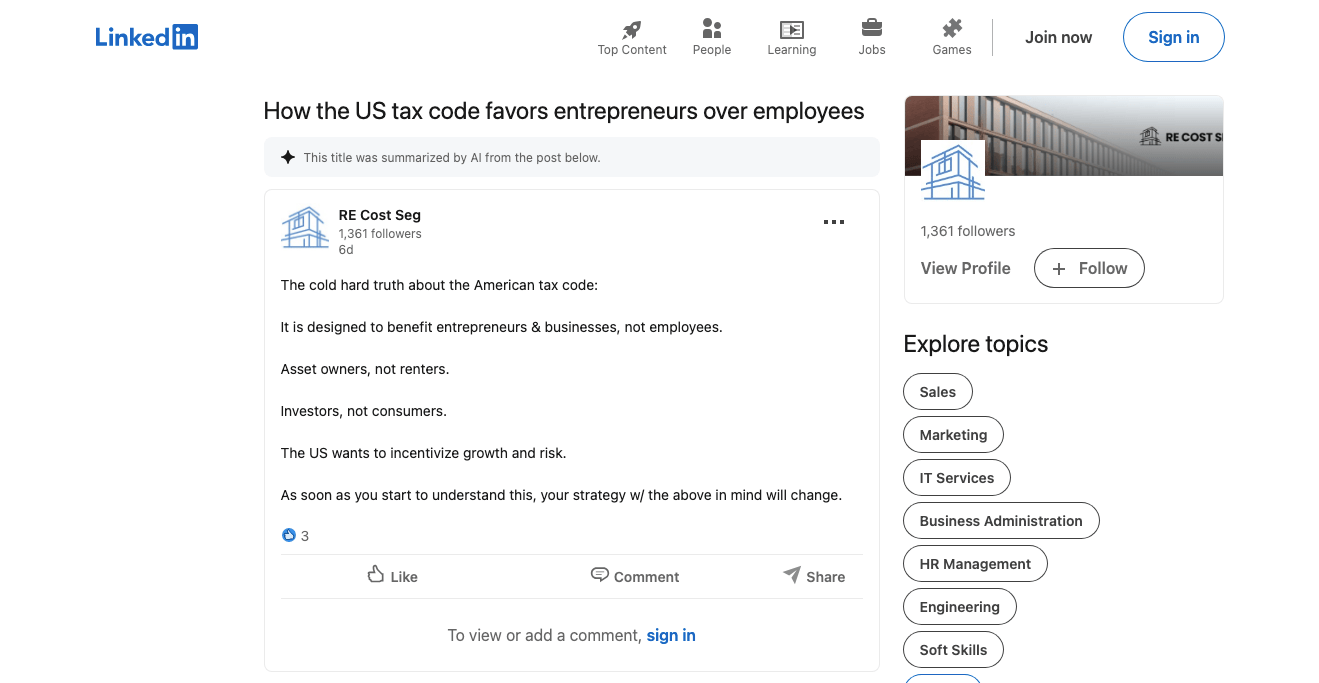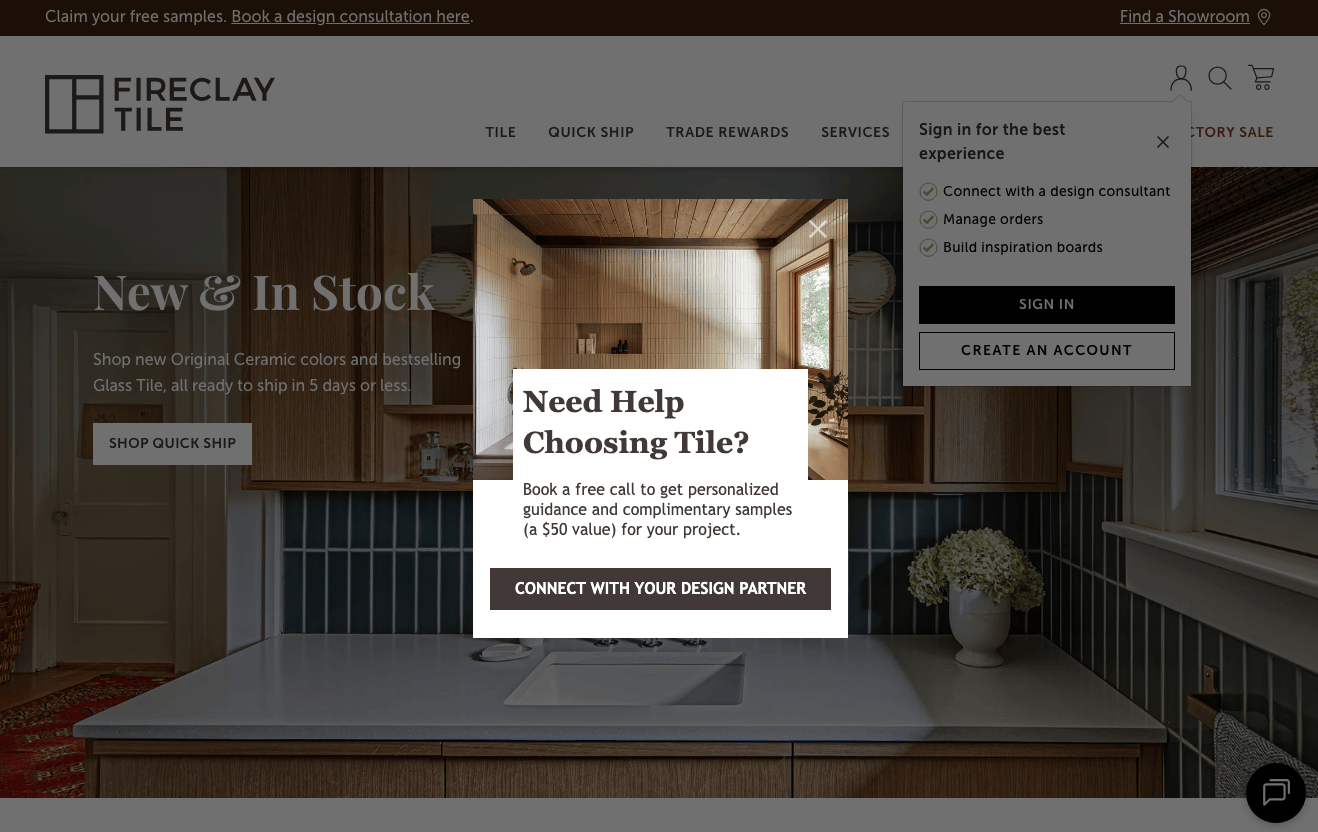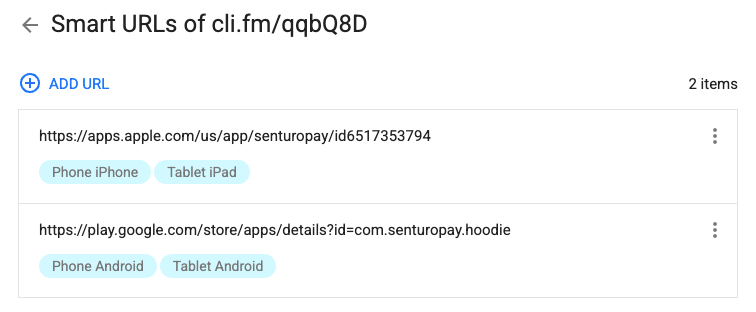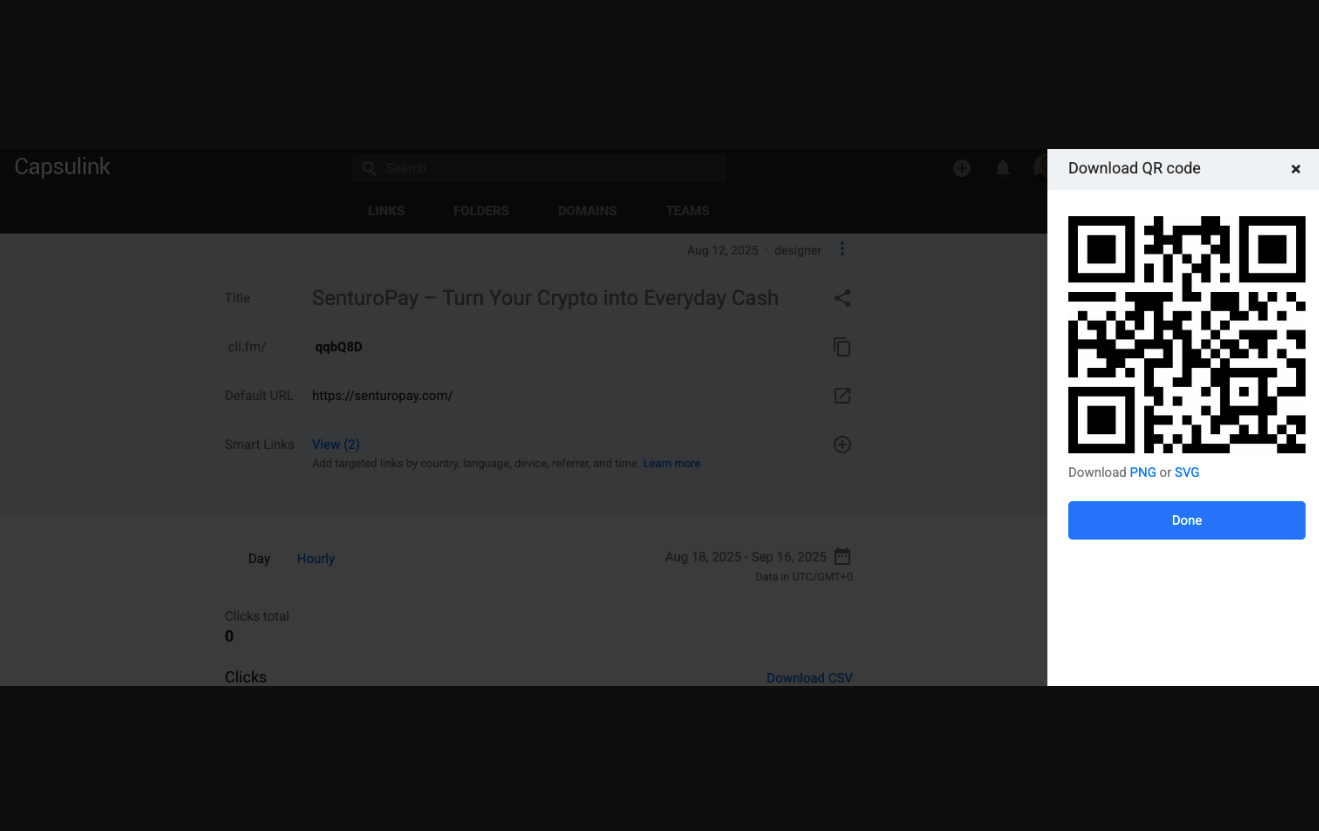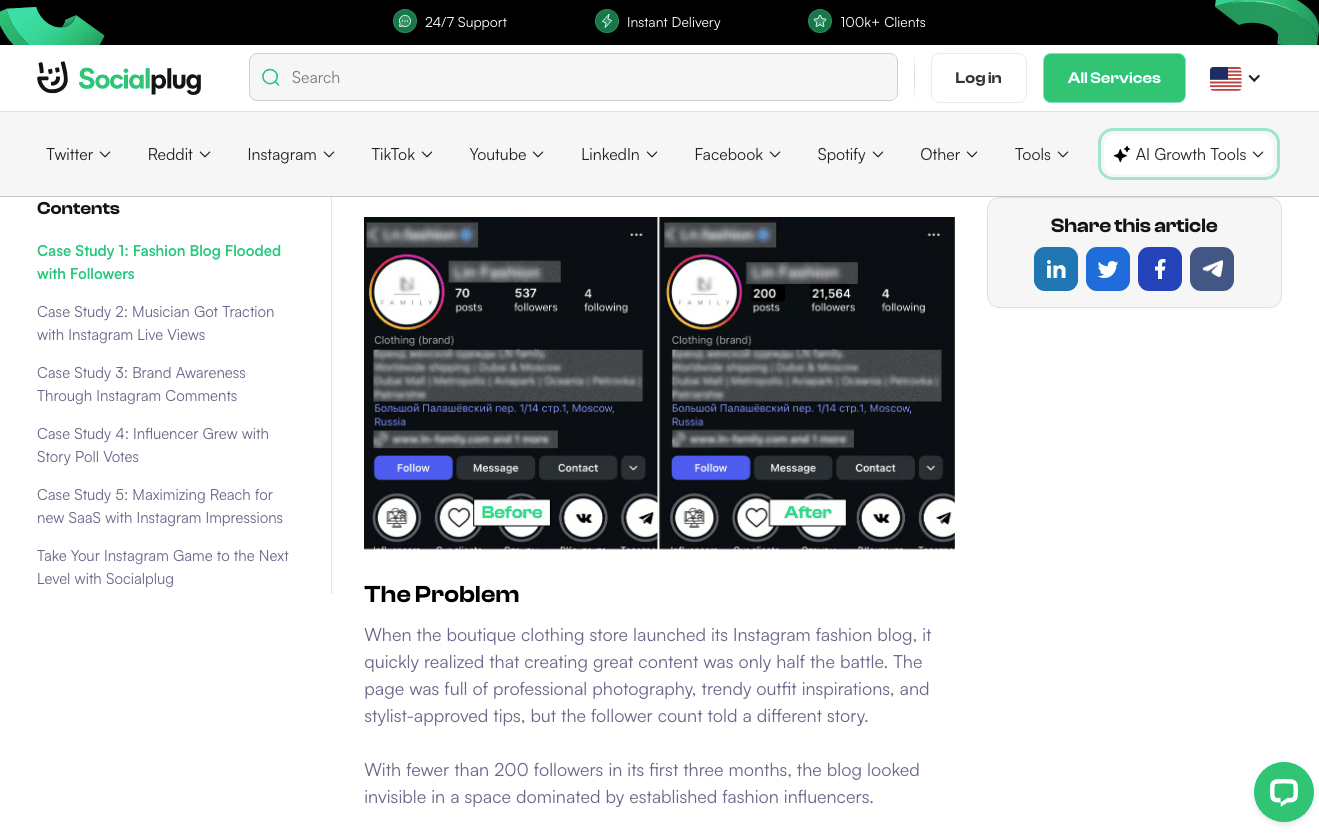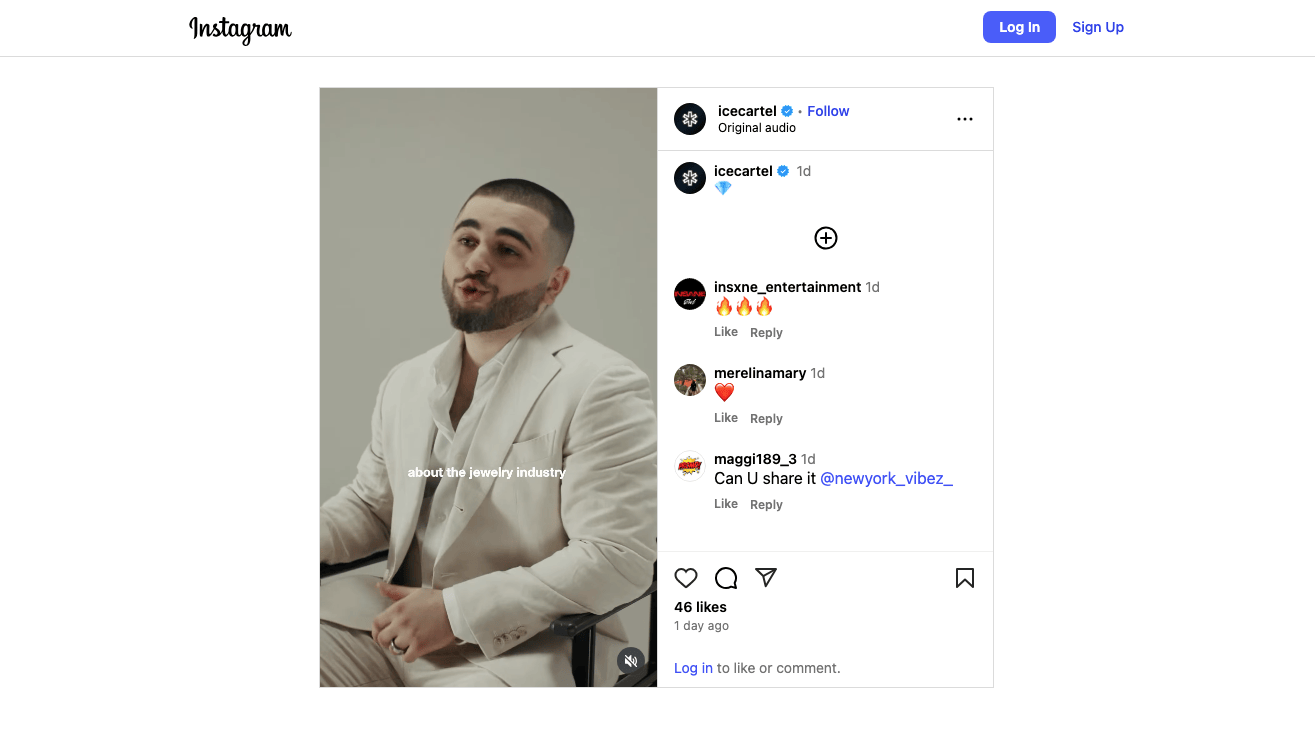
Branding is a business strategy that’s often overlooked — particularly by SMB owners.
And, at first glance, that’s not much of a surprise, considering that the ROI of branding isn’t always clear. After all, a strong brand identity doesn’t directly translate into sales and growth. Moreover, many business owners believe that brand and product awareness, engagement, and conversions depend on advertising spend rather than a brand’s core identity.
However, the simple truth is that branding is a key component in reaching your business goals. And there are several ways you can use content to strengthen your company’s identity — regardless of what type of product you offer or what industry you operate in.
Without further ado, these are the top six must-know cross-industry lessons on branding, along with several examples you can draw inspiration from.
Why Is Brand Identity So Important in the First Place?
Before getting into the tactics you can use to establish and strengthen your brand’s identity through content, let’s reflect on the importance of branding and its role in generating business results.
Ultimately, the biggest value of developing a recognizable and consistent image for your business is that it aids brand recognition and differentiation.
Shoppers regularly opt to buy from businesses they know. In fact, scientific research suggests that brand familiarity effectively reduces perceived risk and elevates purchase intention.
In other words, transforming your organization into a household name genuinely pays off.
But a familiarity-based boost in conversions isn’t the only benefit of developing and maintaining a strong identity through your marketing and content strategies.
Investing in your company’s image can build credibility, drive loyalty, improve brand recall, and even boost engagement rates. As all of these elements contribute to customer-brand relationships and shoppers’ buying behavior, it’s evident that strengthening your brand identity is something you need to do.
But what are the best ways to implement a branding strategy across different platforms? The following six tactics are all excellent opportunities to strengthen your brand, regardless of whether you’ve just launched or have been around for years.
Use Visuals to Create Consistency
One of the most straightforward methods to strengthen your brand’s identity is to do it with visuals. Why? Because your audience is guaranteed to remember your brand’s look more than anything you tell them about yourself.
Research shows that humans process imagery 60,000 times faster than text. On top of that, branding-specific studies suggest that some of the things people remember the most about brands are their logos and color palettes.
So, if you’re looking for ways to strengthen your brand’s identity, with the ultimate goal of boosting recognition and familiarity (and maybe even elevating your target audience’s purchase intent), explore opportunities to use branded visuals to help your business stand out.
Blueland, for instance, has a recognizable rich blue logo. Thus, to strengthen its visual branding on social media, it incorporates the hue into as many social posts as possible. Admittedly, this isn’t always doable — particularly not when reposting user-generated content. Nonetheless, by identifying and embracing opportunities to incorporate blue into its branded content, Blueland effectively creates a memorable visual identity, making it easy for its target audience to recognize when it’s interacting with social media content made by this business.
Produce Niche Topic Deep Dives for the Sake of Consumer Education
Your brand’s identity and reputation aren’t just about visuals and a recognizable style of communication. Reliability and credibility also play huge roles in branding — especially in the era of eroding brand trust.
According to research, trust ranks as one of the top three purchase factors in 2025. Moreover, a recent survey discovered that a trustworthy reputation can positively impact your bottom line, as 87% of people would pay more for products from brands they perceive as credible.
To strengthen your brand’s credible reputation across platforms, explore opportunities to produce and distribute trust-building content that provides real educational value for your audience.
The more traditional method of doing this is, of course, to dedicate a section of your company blog to educational deep dives that explain relevant topics to potential customers.
EXT Cabinets does precisely this with articles like Which Weatherproof Outdoor Cabinets are Best for High Humidity?, where it provides readers with a breadth of useful buying advice (that also happens to highlight the brand’s expertise).
Alternatively, knowing that video content is slowly becoming consumers’ preferred method of collecting product and service information, consider investing in video-format deep dives that address your audience’s unique questions, solve their pain points, and remove common conversion obstacles.
A great choice would include doing something like The Dermatology and Laser Group. This brand has an entire YouTube series dedicated to educating viewers on cosmetic procedures and skincare in a science-backed but approachable manner, which perfectly supports the brand’s identity as a reliable provider of such services.
Use Snackable Content to Establish Thought Leadership in Competitive Industries
Although long-form content is a worthy investment — regardless of whether your primary goals consist of brand positioning or building product/service awareness — the simple truth is that today’s consumers have very limited attention spans.
According to a recent article from The New York Post, the average person’s attention span for a single screen is now a mere 47 seconds (compared to 2.5 minutes twenty years ago).
What this means is that your marketing strategies need to be instantly engaging to retain your audience’s attention long enough to ensure they receive your message (and form a positive opinion about your brand).
The logical solution to this issue is, naturally, ephemeral and snackable content.
Because shorter formats don’t require a high amount of effort from your followers, they can be the perfect method to capture their attention, provide them with hyper-relevant value, and show off your expertise.
Snackable content is also a marvelous method for communicating user-centricity, which is key in a world where 79% of consumers want brands to prove they care about earning their business.
Lastly, short-form resources are also a great way to stand out from your competitors, because they allow you to establish thought leadership without requiring too much effort from your followers.
Check out how RE Cost Seg does it on LinkedIn. Instead of bombarding followers with in-depth analyses and content (that no one really has the patience to interact with), this brand focuses its social media presence on publishing short but valuable insights into finance, the American tax system, and wealth-building. This approach doesn’t just provide followers with instantaneous (and easy-to-extract) value. Moreover, it positions the brand as a thought leader, making it far more likely to convert new customers compared to a business that’s still lagging in its approach to branding and content marketing.
Produce Content That Encourages Engagement
Investing in high-quality, unique, and valuable content to position your brand in a positive light and strengthen your brand’s identity is a great tactic.
But let’s face it. Initial impressions aren’t necessarily sufficient to convince your target audience to convert — especially if you operate in a low-trust industry or deal with longer sales cycles.
With this in mind, it’s not just important to show your target audience that your brand checks all the boxes in terms of desirable qualities. Instead, it’s equally crucial to create further interaction opportunities that will allow you to confirm and strengthen their positive impressions about your business.
One of the easiest methods to do this is, naturally, to invest in content that encourages (and maybe even rewards) engagement.
Newsletter sign-ups and interactive social media content are relatively easy ways to do this. For instance, check out how Fireclay Tile encourages web visitors to enter the sales cycle by offering a free consultation call that offers personalized advice and complimentary samples worth $50.
Alternatively, it’s not a bad idea to encourage your audience to download your brand’s app. This approach will allow you to fully optimize the way your prospects perceive your brand through a unique app design. Additionally, this approach also transforms engagement into loyalty, which is, ultimately, the best way to ensure the continued success of your business.
With Capsulink, you can generate QR codes from smart links. Placing these on your website allows users to scan them to download your app.
And thanks to the smart functionality, they’ll be automatically redirected based on their device, making it super easy for them to continue interacting with your business in an enjoyable way.
Publish Social Proof That Backs up Value Propositions With Real-Life Insights
Sometimes, the most effective method to strengthen your brand’s image with content isn’t to invest in resources that will tell your audience what they can expect from your business. Instead, it’s to find ways to show them what your organization offers.
Social proof, in general, is an excellent investment for businesses trying to elevate their reputations.
It’s a big part of most consumers’ buying journeys. It’s also a great way to back up your value propositions with authentic content that can provide some much-needed verification of your brand’s competence, your products’ quality, or your dedication to customer satisfaction.
Furthermore, it’s worth noting that specific formats of social proof — like video testimonials and case studies — present you with the additional opportunity to showcase your offer in a way that elevates product understanding, all because they provide insights into your operations without requiring leads to risk a conversion.
For instance, if you check out SocialPlug, you’ll see that this brand uses case studies to strengthen its identity as a trustworthy and expert-led business in an otherwise low-trust industry. The resource is chock-full of valuable insights, real-life proof, and even advice that most of the brand’s competitors wouldn’t give away for free. The result is an instant rise in brand trust, as well as an unwavering impression that SocialPlug is a brand that genuinely knows what it’s doing.
Share The ‘Why’ Behind Your Brand
Lastly, as you explore opportunities to strengthen your brand’s identity, don’t hesitate to return to the beginnings of your company’s journey.
Ultimately, a brand’s purpose and mission are very often what resonate with consumers the most. In fact, research suggests that people are four to six times more likely to champion and protect brands that are purpose-driven.
So why not share the ‘why’ behind your company’s existence?
Something as elementary as sharing your history and the motivation for doing what you do — which is what Icecartel does on Instagram — can be a marvelous way to strengthen your image and form valuable relationships with prospects (that you can then nurture into sales).
Final Thoughts
Although there are numerous methods to approach branding in a way that will strengthen your image and identity, the strategies discussed in this guide might just be the best ones to adopt.
No, you don’t have to follow them to the T. But exploring methods to adapt them to your brand’s unique needs is a worthwhile investment — especially if they could help build stronger relationships with prospects or establish brand trust in an otherwise competitive industry.
